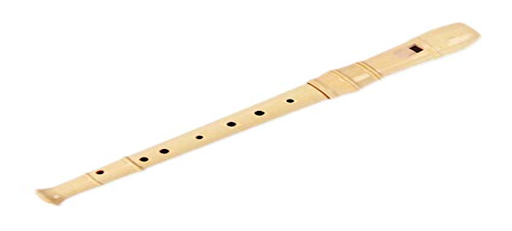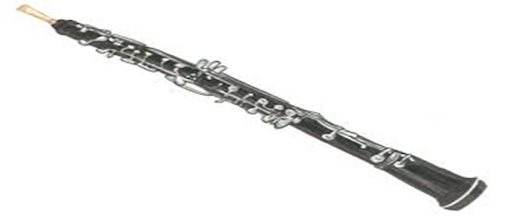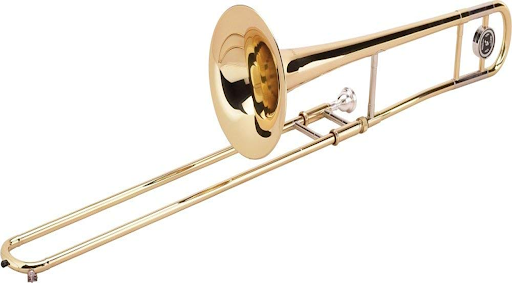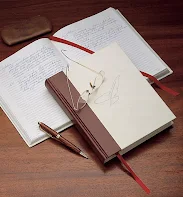Timbre - is the color of sound produced by the voice and different instruments. A quality of sound that distinguishes one instrument from another.
The human
voice is a vital medium of expression. Male and female voices may be classified
according to quality and range.
Classification
of Voices
› Male Range Female
- Tenor highest soprano
- Baritone middle/ medium mezzo
soprano
- Bass lowest alto
The word
orchestra refers to a group of musicians playing different instruments. A large
orchestra needs a conductor. He guides the orchestra and directs the
performance through his or her facial expression, body movements, and hands
gesture.
Preparing
the orchestra for performances is a tough job for a conductor. He or she reads
and interprets music notations and makes decisions on how to communicate the
music with the desired tempo. Volumes and articulations.
The
orchestra is a large instrumental ensemble that contains four family instruments:
the string section, the woodwind section, the brass section, and the percussion
section
Classification
of instruments
- String
instruments- are instruments that are plucked or bowed and are often referred
to as the “ heart of the orchestra “ because of their versatility and
usefulness.
Harp- a stringed instrument that is played by plucking
Double bass- largest among the stringed instruments that have the lowest pitch.
Cello- larger than the viola. Held by a player between his/her knees and moves the bow to and fro.
- Piccolo- is the smallest instrument
in the woodwind section. It has a range of octaves higher than a flute.
- Flute-
has a high range and is capable of producing fast series of tones.
- Oboe –
is the most dramatic woodwind musical instrument.
- Clarinet-
is a cylindrical instrument with a cup-shaped mouthpiece and a flaring bell at
the end.
- Bassoon –
is called the “ clown “ of the orchestra for it has a long curving metallic
mouthpiece. It is tone soft and mellow.
Bass
instruments are used to produce sound by means of blowing.
They are made of brass metal.
- The trumpet-
is the main instrument of the brass section which has a brilliant and brassy
sound.
- Trombone-
is the only sliding instrument in the brass section that changes pitch in any
key.
- French
Horn- is 12 feet long and sounds more mellow than the trumpet.
- Tuba- is
the largest in the brass section and has the lowest pitch.
Percussion
instruments- are played by striking the instruments with sticks or hammers
while others are through shaking or rubbing like maracas.
Two classes
1. pitched
2. unpitched
Pitched
Percussion
Timpani- known as kettle drums. It produces a thunderous effect when played
continuously.
Xylophone- it can be of different lengths of wooden bars suspended on a frame of two rows, representing the white and black keys of the piano
Glockenspiel- known as bell-Lyra or orchestra bell. It sounds like little bells with a bright and silvery tone.
Tubular Bells- known as chime bars. They produce a church bell sound.
Unpitched Percussion
Bass Drum-the largest of the orchestra drums. It produces an awesome booming
and thundering effect.
Snare drum- it produces a dry rattling and crackling sound
cymbals- two round metals held by leather straps fastened through the holes in their central domes. They clashed together with sliding motion or were struck by a stick to make a sound.
Others are castanets, gongs, tambourines, maraca, and triangles that belong to unpitched percussion.























































